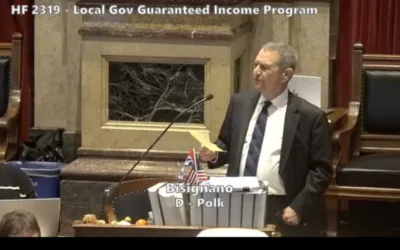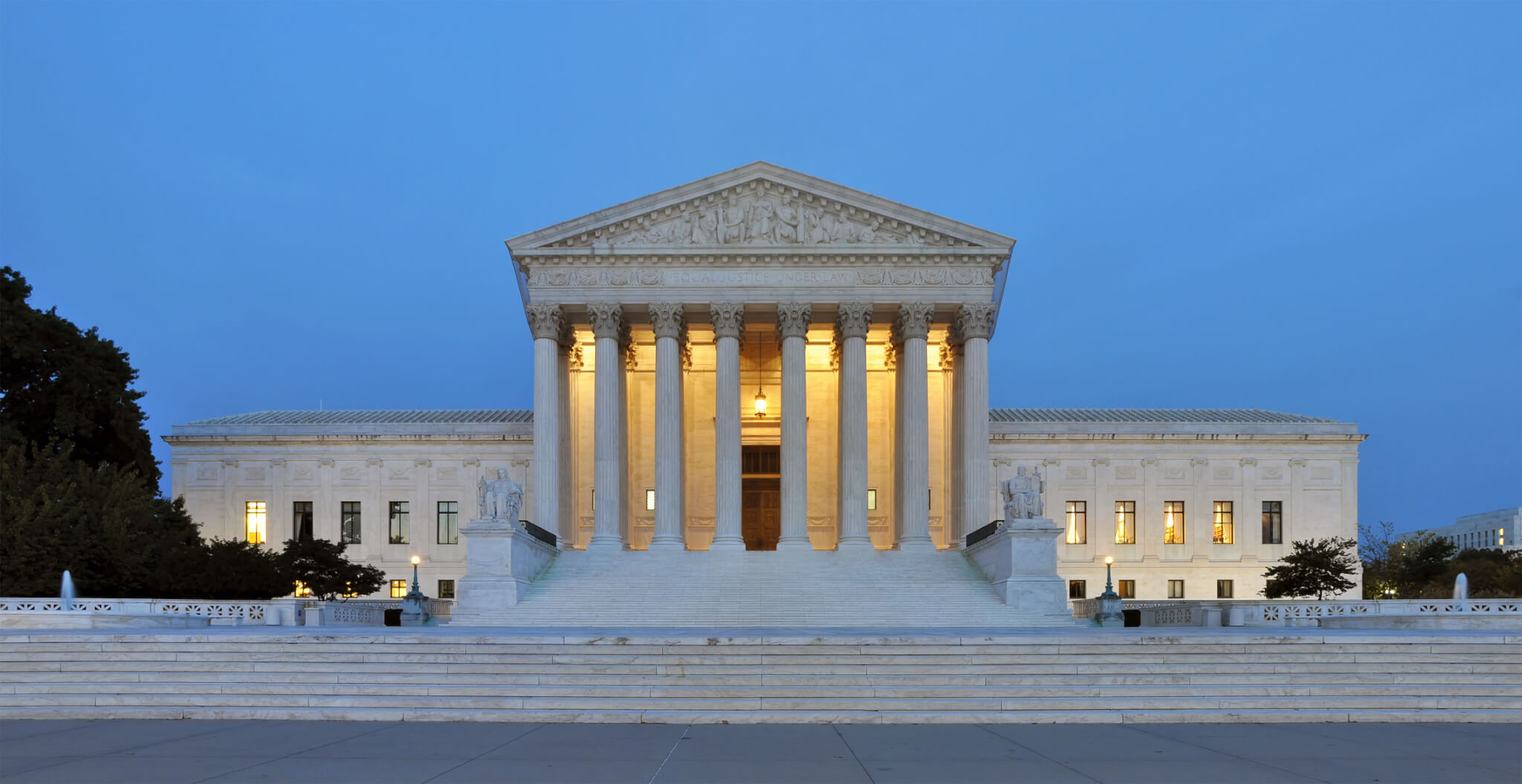
Photo via Wikipedia
After a string of mass shootings have rocked the United States, the debate over gun control and the Second Amendment is raging once again.
The Second Amendment says: “A well regulated Militia, being necessary to the security of a free State, the right of the people to keep and bear Arms, shall not be infringed.”
For years that language wasn’t a problem, but as with most laws forged at the founding of the country, the nation’s courts have had to take another look at it in order to make it relevant to the country as society and technology have changed.
The Supreme Court hasn’t heard many Second Amendment cases, but every time it does, the decision carries an impact.
What About Militias?
One big change has been the establishment of militias. State militias faded out of existence in and were generally replaced by state National Guard units by the Militia Act of 1903.
However, the Supreme Court ruled in Presser v. Illinois in 1886 that the Second Amendment applies to the right of individuals, not militias, and their right to bear arms for the sake of the United States, should Congress have to organize a militia. This kept the Second Amendment tied to the principle of serving in an organized group.
More important, the Court also ruled that the amendment only limits the federal government’s ability to make laws about citizens possessing arms, not state governments.
[inline-ad id=”2″]
In 2008, a landmark case disconnected the right to bear arms from militia service.
The Court ruled five to four in District of Columbia v. Heller that: “The Second Amendment protects an individual right to possess a firearm unconnected with service in a militia, and to use that arm for traditionally lawful purposes, such as self-defense within the home.”
It came to this conclusion based on the grammar of the Second Amendment.
In the majority opinion, Justice Antonin Scalia wrote, “The Second Amendment is naturally divided into two parts: its prefatory clause and its operative clause. The former does not limit the latter grammatically, but rather announces a purpose.”
The Founders borrowed heavily from English law when drafting the Constitution, and Scalia wrote that they were referring to England’s practice of shutting militias down by taking their arms when the Second Amendment was written.
He argued that this necessarily protected an individual’s right to carry firearms.
Justice Stevens’ dissent was mostly based on the idea that the right to bear arms was connected to military service, which the majority opinion dismissed.
[inline-ad id=”0″]
But the Supreme Court also recognized the necessity of limiting the right. Scalia supported the history of not interpreting the right to mean, “a right to keep and carry any weapon whatsoever in any manner whatsoever and for whatever purpose.”
He also recognized prior Supreme Court rulings that prohibited carrying “dangerous and unusual weapons.”
What About States?
In McDonald v. Chicago in 2010, the Supreme Court ruled five to four that the Second Amendment applied to the states, too.
This case concerned Chicago’s ban on handguns, which was similar to what the District of Columbia had prior to the 2008 Supreme Court case. The ban was challenged, and made it all the way up to the Supreme Court.
There, the justices ruled that the Second Amendment is incorporated against the states because of the Due Process or Privileges and Immunities Clauses in the Fourteenth Amendment. Incorporation is the principle by which the Bill of Rights is applied to the states.
In 2016, the Court ruled unanimously that the Second Amendment extends to all forms of bearable arms. The ruling came from a case where a woman was arrested for using a stun gun for self-defense because those weren’t in common use when the Constitution was written.
The Court wrote, “The Court has held that ‘the Second Amendment extends, prima facie, to all instruments that constitute bearable arms, even those that were not in existence at the time of the founding,’” per their decision in District of Columbia v. Heller.
Well, What Happens Now?
This year, a few potential cases could appear in the Supreme Court.
There’s a case from New York City about transporting locked and unloaded licensed handguns. The city loosened its rules and said the Court should dismiss the case, but the Court hasn’t decided to do that. The justices could also decide on a New Jersey case about the right to carry a loaded handgun in public.
If it doesn’t take those cases, the Court could also accept a case about whether people can sue gun manufacturers, something that’s prevented by the Protection of Lawful Commerce in Arms Act which gives dealers and manufacturers immunity.
by Nikoel Hytrek
Photo via Wikipedia
Posted 8/9/19
Support Our Cause
Thank you for taking the time to read our work. Before you go, we hope you'll consider supporting our values-driven journalism, which has always strived to make clear what's really at stake for Iowans and our future.
Since day one, our goal here at Iowa Starting Line has always been to empower people across the state with fact-based news and information. We believe that when people are armed with knowledge about what's happening in their local, state, and federal governments—including who is working on their behalf and who is actively trying to block efforts aimed at improving the daily lives of Iowan families—they will be inspired to become civically engaged.

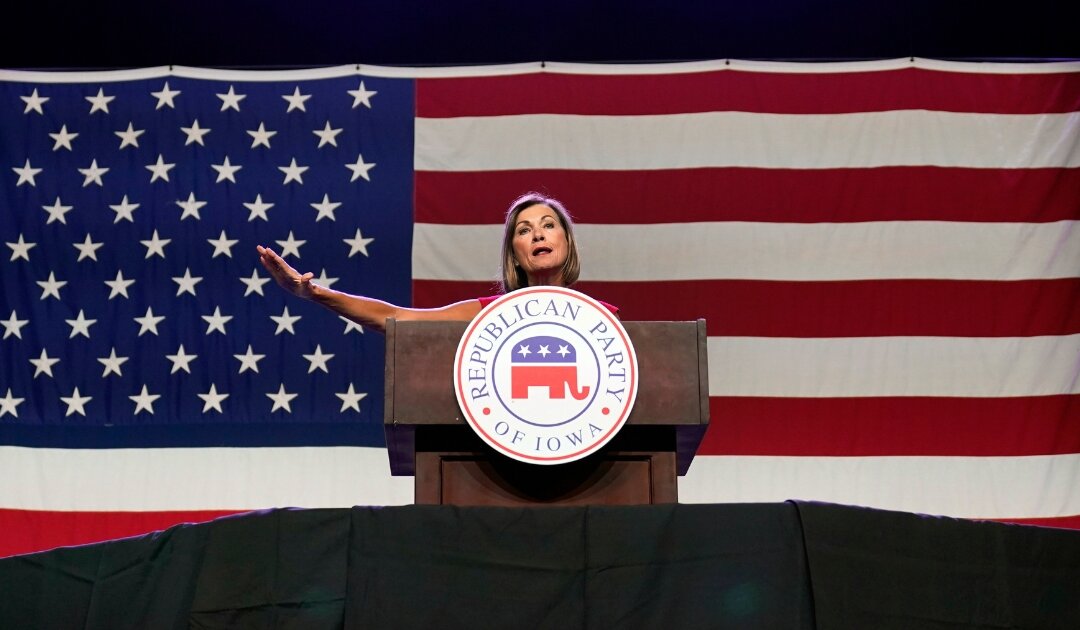
Iowa Republicans make outlawing gay marriage key 2024 campaign priority
Iowa Republicans have made outlawing gay marriage a key goal in their 2024 party platform. During the Iowa GOP’s 2024 state convention on Saturday,...
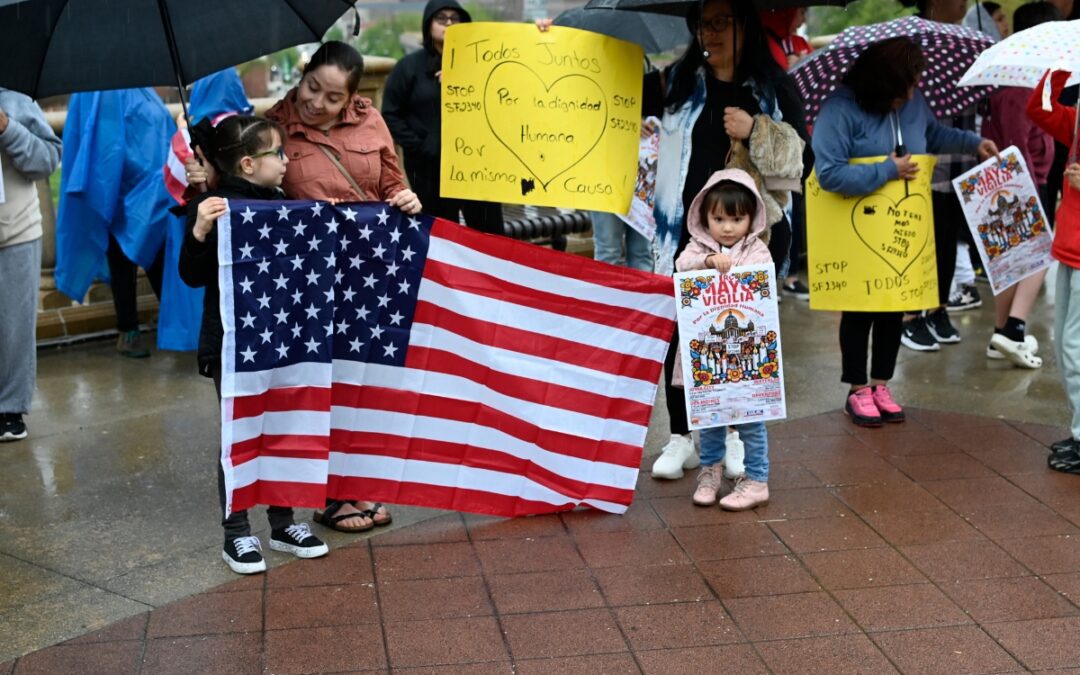
Department of Justice says Iowa immigration law violates US Constitution
If Iowa doesn’t suspend the enforcement of its new immigration law by May 7, the state could face a federal lawsuit, according to the Des Moines...
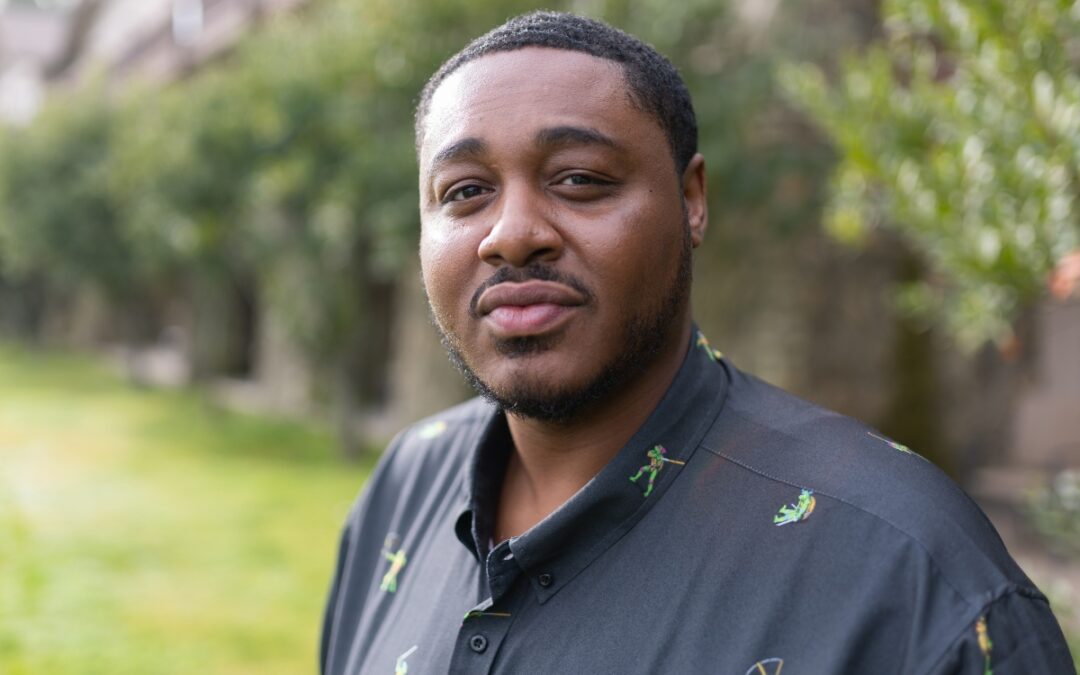
Rushing: Iowa State president said the quiet part out loud
I want to thank Iowa State University President Wendy Wintersteen for doing us all a favor by finally saying the quiet part out loud: all the...
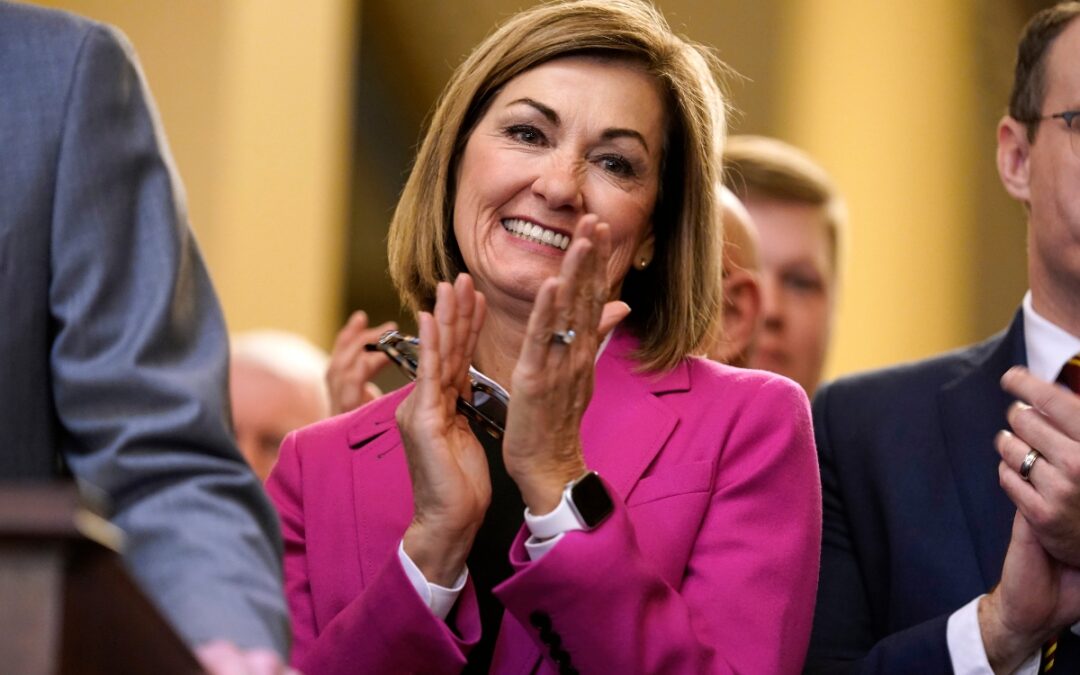
Iowa sets aside almost $180 million for year two of voucher program
Iowa has committed nearly $180 million in taxpayer funds to support private school tuition in the 2024-25 school year, which is almost $50 million...

Kalbach: Immediate action needed on corporate ag pollution
Iowa agriculture has undergone substantial changes over the past 40 years. We see it all around us. Rather than crops and livestock being raised on...

VIDEO: Jochum calls Gov. Reynolds’ summer meal program a ‘hunger game’
Iowa Gov. Reynolds announced a competitive $900,000 grant program to feed Iowa children over the summer, months after she declined $29 million in...




